
Sono nel nuovo quartiere trendy di Bucarest, dove gli antiquari, le gallerie d’arte, i negozi alla moda, i lounge bar e i night club hanno sostituito un po’ alla volta le antiche botteghe e le locande un tempo occupate da mercanti e artigiani. Passeggiando nel cuore medievale della città, nel dedalo di stradine strette e lastricate di Lipscani, che portano i passi del viaggiatore avanti e indietro, accanto ai vecchi edifici ricchi di storia, leggende e le nostalgie del passato, alla scoperta di una città ancora popolare, non priva di fascino.
Nessun altro quartiere di Bucarest è cambiato così tanto negli ultimi decenni come Lipscani.
Fino agli anni ‘80 questa parte del centro storico era in rovina, ma oggi rappresenta il cuore della scena artistica rumena, nonché una nota destinazione per la vita notturna.
Oggi Lipscani è probabilmente il quartiere più interessante della città, l’isola pedonale che non conosce tregua, la zona più vivace ed affascinante.
Qui il vero carattere di Bucarest si rivela attraverso contrasti evidenti tra le zone vecchie e nuove, le influenze dall’est e dall’ovest, nonchè i vari stili artistici ed architettonici presenti.
Il nome Lipscani viene dato nel 1750, perchè molti dei mercanti venivano da Lipsia a vendere tessuti ed altri prodotti, creando un fulcro commerciale ed artigianale.
Tappe da non perdere:
-la Biserica Stavropoleos, una delle più antiche chiese ortodosse della città di Bucarest. L’edificio, risalente al 1924, colpisce il visitatore già all’esterno non solo per la struttura ma anche per gli affreschi presenti lungo le pareti e per il piccolo e affascinante chiostro annesso, che contiene una curiosa collezione di pietre tombali scritte in caratteri cirillici e greci, risalenti al XVII e XVIII secolo;
-il Museo Nazionale di Storia Rumena, situato all’interno di un edificio in stile neoclassico, che in passato era la sede del principale ufficio postale di Bucarest;
-il Palazzo CEC, un imponente, elegante e suggestivo edificio, dall’impressionante cupola in vetro, che ospita la Banca Nazionale Rumena.
Insomma, uno scenario che lascia piacevolmente frastornati.
Il mio ootd? Jeans, maglione, giacca in pelo e stivali, comodo e caldo, perchè sicuramente vale la pena fare un giro in zona per immergersi completamente nell’atmosfera locale.
(Clicca qui se vuoi vedere tutti i miei precedenti post da Bucharest).
(Clicca qui per vedere tutte le pellicce più belle di questo inverno 2018).
(Clicca qui per vedere tutte le pellicce più belle di questo inverno 2018).
The Lipscani district can be identified as the true heart of Bucharest. Once the political and economic center of Bucharest, today Lipscani is the most lively and charming area of the city, most representative of the transitions the city is currently undergoing and most representative of its potential.
In Lipscani, the true character of Bucharest is revealed through the area’s overt contrasts of old and new, east and west, developed and decrepit, chic and shambling, brassy and bohemian. If any area of Bucharest has the potential to be a viable tourist draw, it is Lipscani.
This pocket of Bucharest is bouncing back as the capital’s main hive of arts, culture, and nightlife.
A decade of refurbishment has resulted in a charming, walkable quarter with enough sights to keep you occupied for the day and enough bars and clubs to ensure you never have to sleep.
The streets are pleasantly cobbled and lined with quirky art and antique shops, bookstores, theatres, and block after block of cafes, bars and clubs, between a mix of history, local culture and lifestyle, a trendy entertainment district and a favorite hangout for the locals.
The name comes from “Lipsca” – a reference to the German city of Leipzig. “Lipscan” came to refer to the many traders who brought their wares from Western Europe and sold them on the main street.
Top historical sites:
-the Stavropoleos Church, the most strikingly beautiful in Bucharest, was built in 1724. It is characterized by its beautiful stone and wood carvings, of which the finest are on the main doors. The courtyard outside has a curious collection of tombstones dating from the 18th century;
-the National History Museum, located in the monumental Neo-Classical style building of the former Postal Palace, completed in 1899;
–the Palace of Savings Bank, an eclectic building with a monumental central glass dome and entrance archway supported by pillars, beyond all doubts, a jewel which complements the architectural patrimony of the city.
Overall, a scenario that leaves pleasantly dazed.
What about my ootd? Jeans, sweater, fur jacket and boots, comfy and warm, because it is definitely worth going around in this district to fully immerse yourself in the local atmosphere.
What about my ootd? Jeans, sweater, fur jacket and boots, comfy and warm, because it is definitely worth going around in this district to fully immerse yourself in the local atmosphere.
(Click here to see all my previous posts from Bucharest).
(Click here and here to see all the coolest coats of this winter 2018).
(Click here and here to see all the coolest coats of this winter 2018).
Location: Biserica Stavropoleos – Muzeul Naţional de Istorie a României – Palatul CEC – Lipscani district – Bucharest – Romania
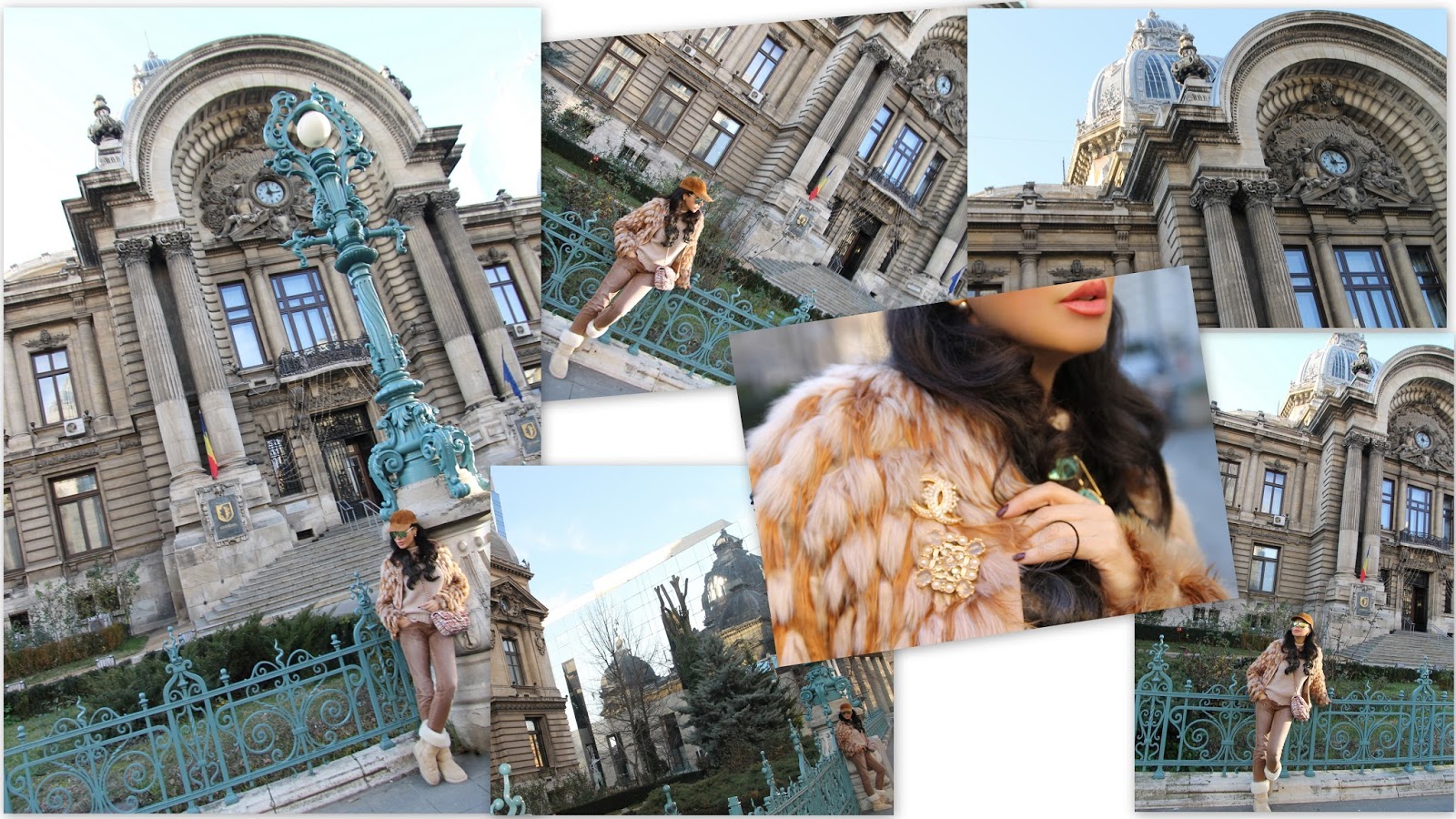

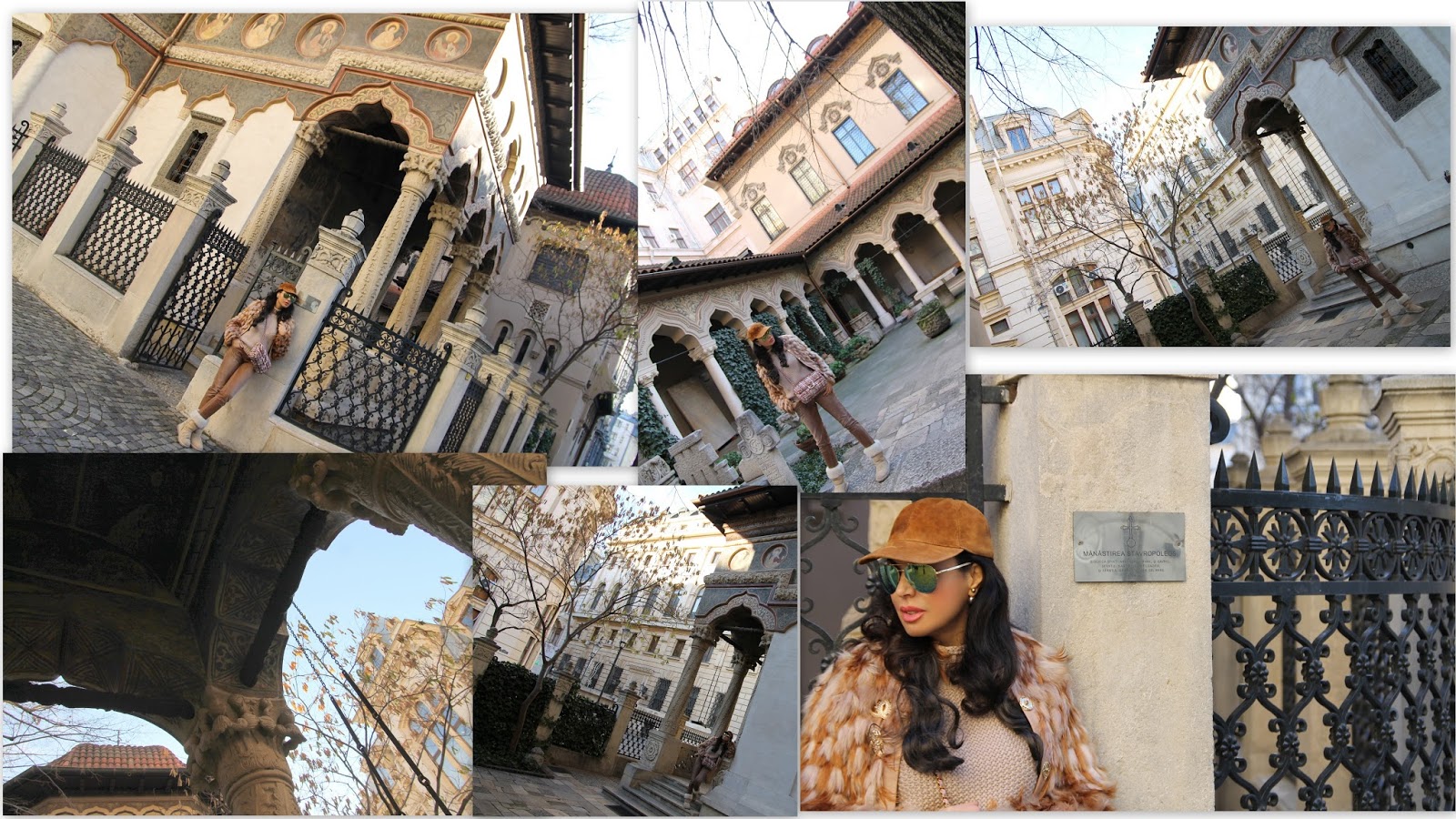

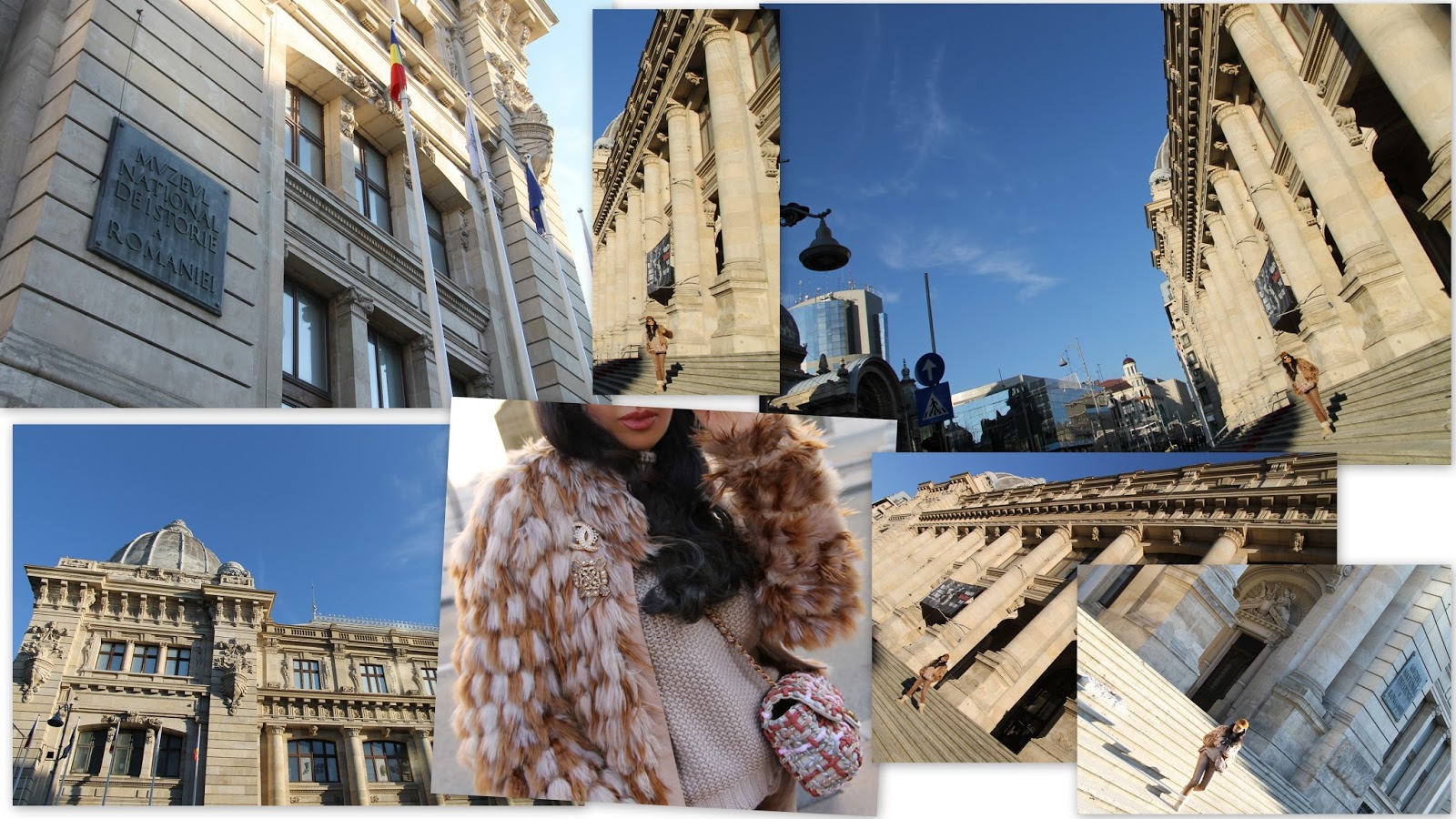
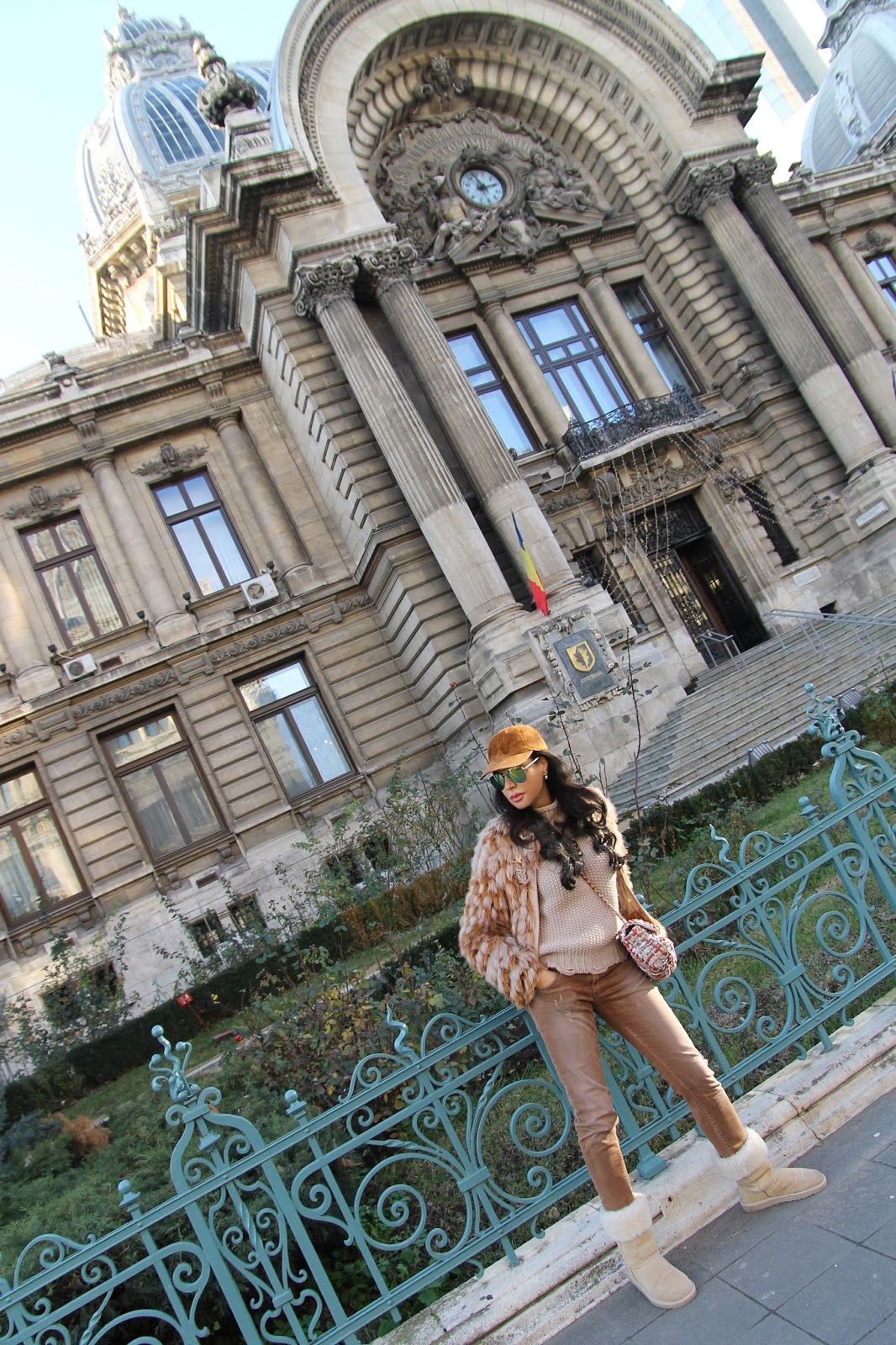
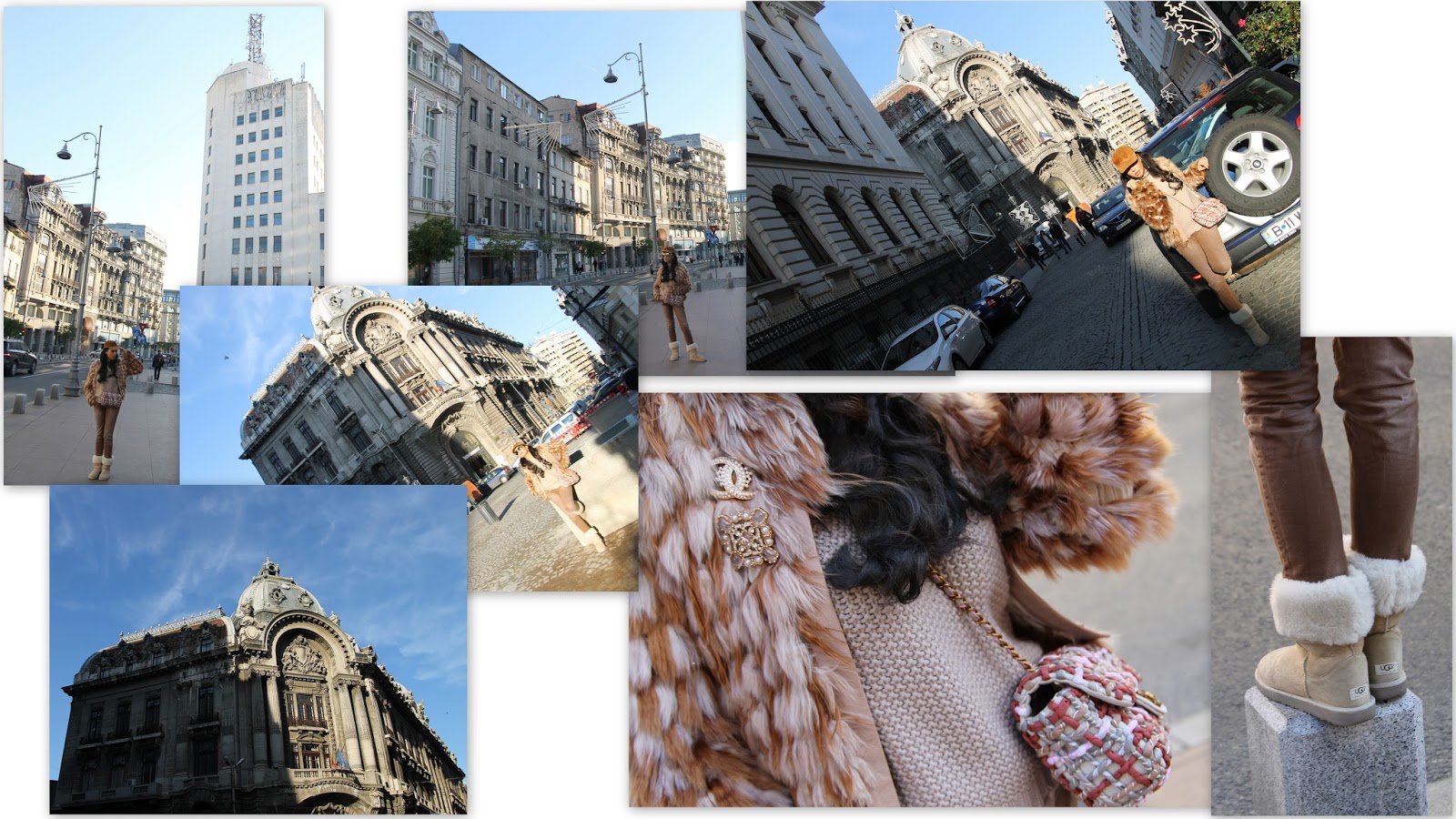

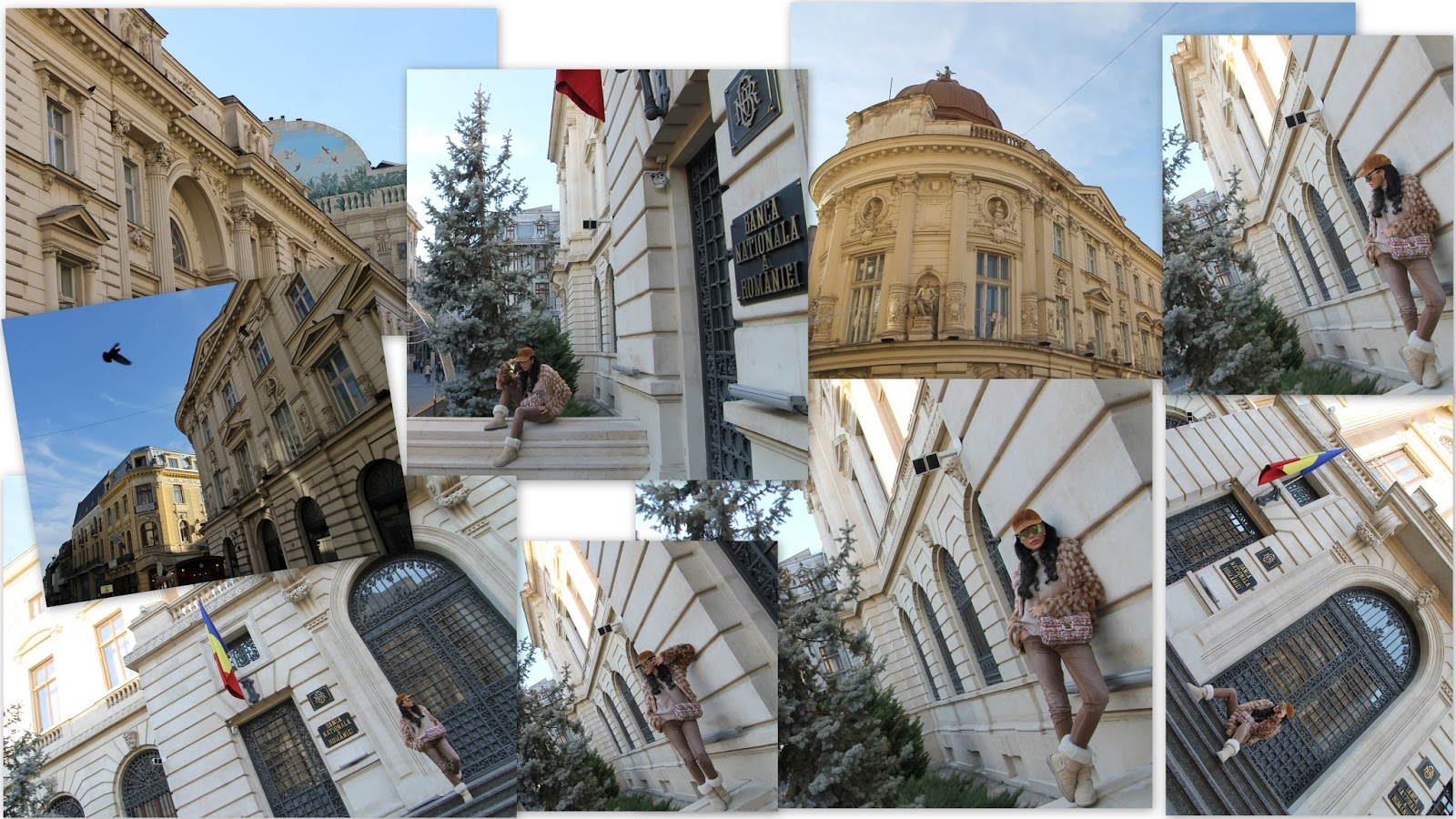
Photos: Jacopo Maria Barile
I was wearing:
Sportmax Code fur jacket
Stefanel sweater
Dondup jeans
Ray Ban sunglasses
UGG boots



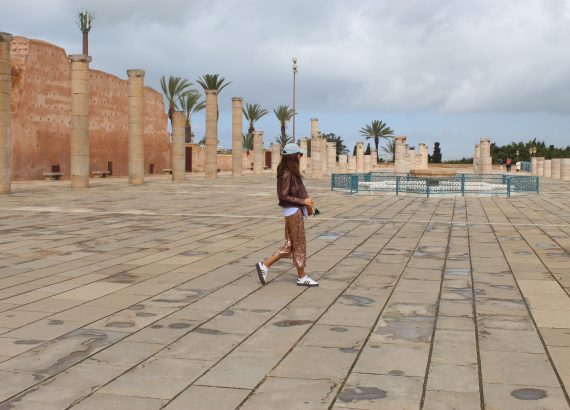
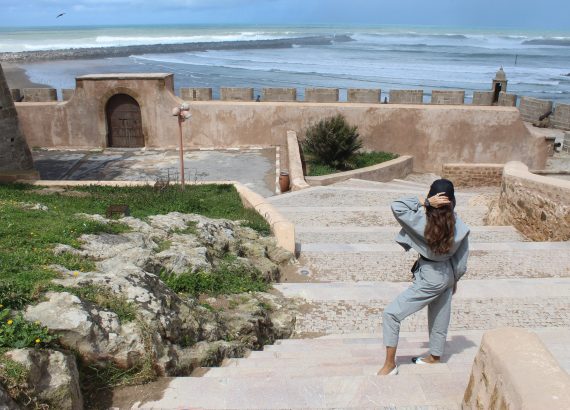
Hi Paola, you look lovely, great photos. I like natural earth colors, simple and always elegant.
Hugs,
Dusana
http://www.letnedni.com
😉
Linda! Amei demais esse casaco!
Ótimo sábado!
Beijo! ^^
Que lugar tan bonito,me encanta…tú estás divina.
Besos!))
Bucharest is so beautiful, WOW! Lovely photos!
so beautiful 😀
have a nice day!
http://www.luchluchcraft.com
Have a wonderful weekend!!
I am glad you enjoyed reading my recent post and thank you for the comments!!
Harija Ravi
Wow, how decadent is that architecture. So very beautiful!
Sxx
daringcoco.com
I have never been to Bucharest. Beautiful pictures.
Thanks once more for sharing so interesting post Paola 😉 Each and every one is a discovery! And your outfits are always perfect … this one having so sweet colors and is perfect for a cold winter! Have a lovely Sunday xx
https://4highheelsfans.wordpress.com/2018/01/27/classic-is-eternal/
Gorgeous scenery!
I love your outfit, especially the fur coat 🙂
Love,
Angela
http://www.angelavissers.com
Wonderful place,fantastic photos <3
Mi piace tanto questo outfit! Comodo e chic! Bellissima! ♥️
http://assuntafebbraro.blogspot.it/?m=1
Un bacio!
Very beautiful and the history is so rich. Love all your travels!
Marie
The Flower Duet
Thanks for visiting hun!
Bucharest is one of the places I'd love to visit in my lifetime. Amazing pictures babe!
http://www.fashionablyidu.com/
resto sempre affascinata dalle tue foto!
your rocking that hat. Have a great weekend.
http://www.amysfashionblog.com/blog-home/
Lovely place! Great outfit!
kiss:)
xxBasia
Love your outfit hon x you look so pretty
https://zunera-serena.com/how-i-keep-my-skin-moisturized-with-olay-whips-regenerist/
Wow…it look super amazing…thx for sharing honey…:-)
xoxo
Thanks for the interesting post! Have a nice day)
Bucharest look like such a fascinating city! Thanks for showing us around Paola!
You look so elegant and casual!!
I love those natural colors!
akiko
http://www.akikohiramatsu.com
Love those shots, sweetie! xoxo
Anche oggi ci fai fare un bellissimo viaggio e tu come sempre perfetta con il tuo look. Kiss
Nuovo post “FLORENS. Tendenze per la stagione F/W18” ora sul mio blog http://www.littlefairyfashion.com
How I’ve missed your blog… pretty as always.. i actually don’t find the ugg boot 👢 cute or is it just me?
Glowyshoes's blog
You are looking cool!♥♥ Beautiful city!
Blog: Witty Sweety
Instagram: @witty_sweety
Stunning photos as always – love the fur jacket.
http://www.pink-purpledots.blogspot.com
Thanks a lot 😀
fantastic look as usual 😀
NEW WISHLIST POST | JANUARY WEB FAVORITES: OMG, ALWAYS GOOD NEWS.
Instagram ∫ Facebook Official Page ∫ Miguel Gouveia / Blog Pieces Of Me 😀
Casual, ma sempre con stile ed eleganza…quanto sono chic queste nuance di colori! Fantastica! baci
Mi piace tantissimo questo outfit 🙂 mi sa di caldo e coccoloso ^_^ Buon inizio settimana bellezza <3
Gorgeous post. Gorgeous you. Loved it. Xoxo Cris
http://photosbycris.blogspot.com.au/2018/01/gamiss-in-rainbow-beach-and-noosa.html
sempre perfetta 🙂
http://www.carmy1978.com
Fierce outfit love those sunnies.
me encanta cariño! tu look es perfecto bella!! Feliz día! un besazo! te espero en mi blog
http://www.ShoesAndBasics.com
Such a beautiful look, Paola! Perfect for a winter day! Have a great week ahead!
New post: How to style a statement red dress for a romantic date
great post….!!
customize diaries online
So so pretty 🙂 That jacket and shoes are to die for 🙂 Lots of love! Wonderful post dear <3
Beauty and Fashion Freaks
Adoro leggere i tuoi post, si impara tanto, e il tuo look è meraviglioso…che pants super glam!
Fashion and Cookies – fashion and beauty blog
It’s so beautiful!!
http://www.brooklynglam.com/?m=1
Non sono mai stata a Bucarest, sembra davvero pazzesca! Strepitoso il tuo look, quel ghiacchino di pelliccia è un sogno!
Un bacione! 💕 F.
La Civetta Stilosa
you look stunning – I am big fan of your bag xx
mi piacerebbe visitare Bucharest. Bellissima la tua pelliccetta e la borsa
http://www.alessandrastyle.com
Unas fotos preciosas! Espero verte mi blog muy pronto ! ♥️♥️♥️
Che meraviglia, non l'avrei mai detto.
http://www.loshoppingaitempidellacrisi.it/
Oh my! It's just amazing, love this putfit a lot, totally my kinda thing<3
Stylish Babe:*
Wow, beautiful location and pictures!
Have a lovely day 🙂
Rosanna x
Rose's Rooftop
articolo molto interessante e foto bellissime!
Hai mai partecipato alla Fashion Week di Roma?
leggi il mio ultimo articolo se ti va 🙂
—> https://evaredson.blogspot.it/2018/01/the-best-of-altaroma-fashion-week.html
xx, Eva
Beautiful location and so you are dear! <3 Have a happy Monday!! Kisses <3
http://www.rakhshanda-chamberofbeauty.com/
I am loving your outfit, so stylish!!
xx- Nina
http://www.ninalnguyen.com/2018/01/how-to-buy-designer-bags-for-discount.html
Thanks so much Nina!
xoxo
buon Lunedì!